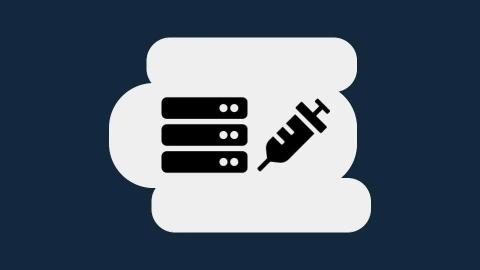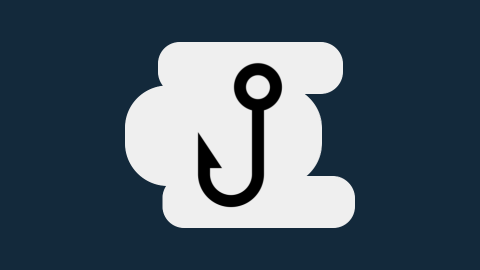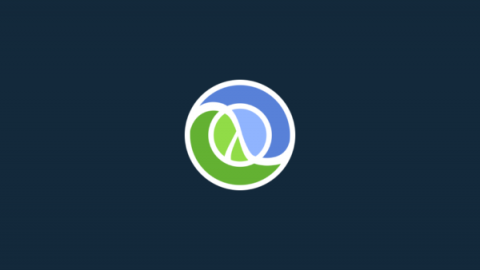How To Test for SQL Injections [Complete Guide]
In theory, modern web frameworks provide secure ways of accessing databases, making SQL injections a non-issue. The reality looks much different. Among other injection vulnerabilities, SQL injections are still atop the OWASP Top 10, and organizations still frequently fall victim. Therefore there is no way around software security testing solutions that can reliably detect SQL injections.










